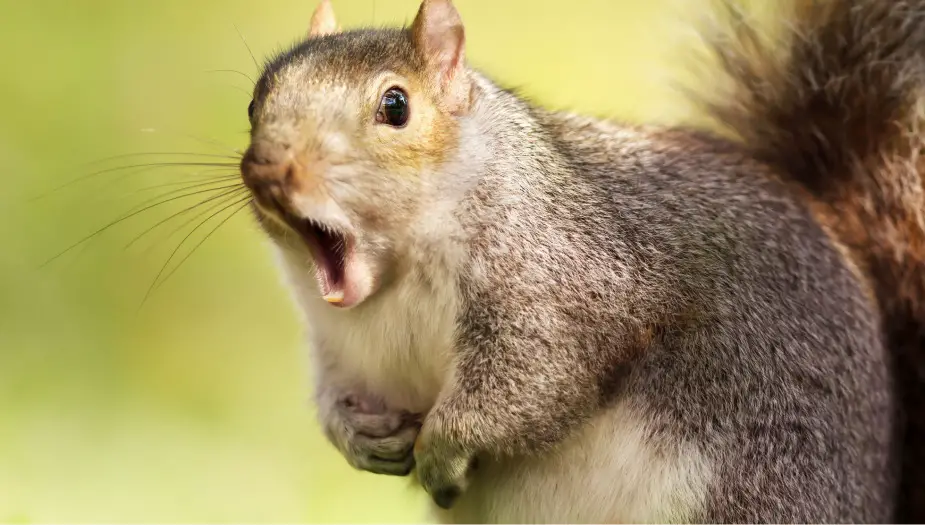- visit
- events & news
- what we do
- connect people to the outdoors
- about us
- take action
- resources
- shop
- search
- donate
- join/renew
- visit
- events & news
- what we do
- save open space
- care for nature
- connect people to the outdoors
- about us
- take action
- give
- partner
- volunteer
- get involved
- resources
- for landowners
- for municipal partners
- land management
- for gardeners
- shop
- search
- donate
- join/renew

